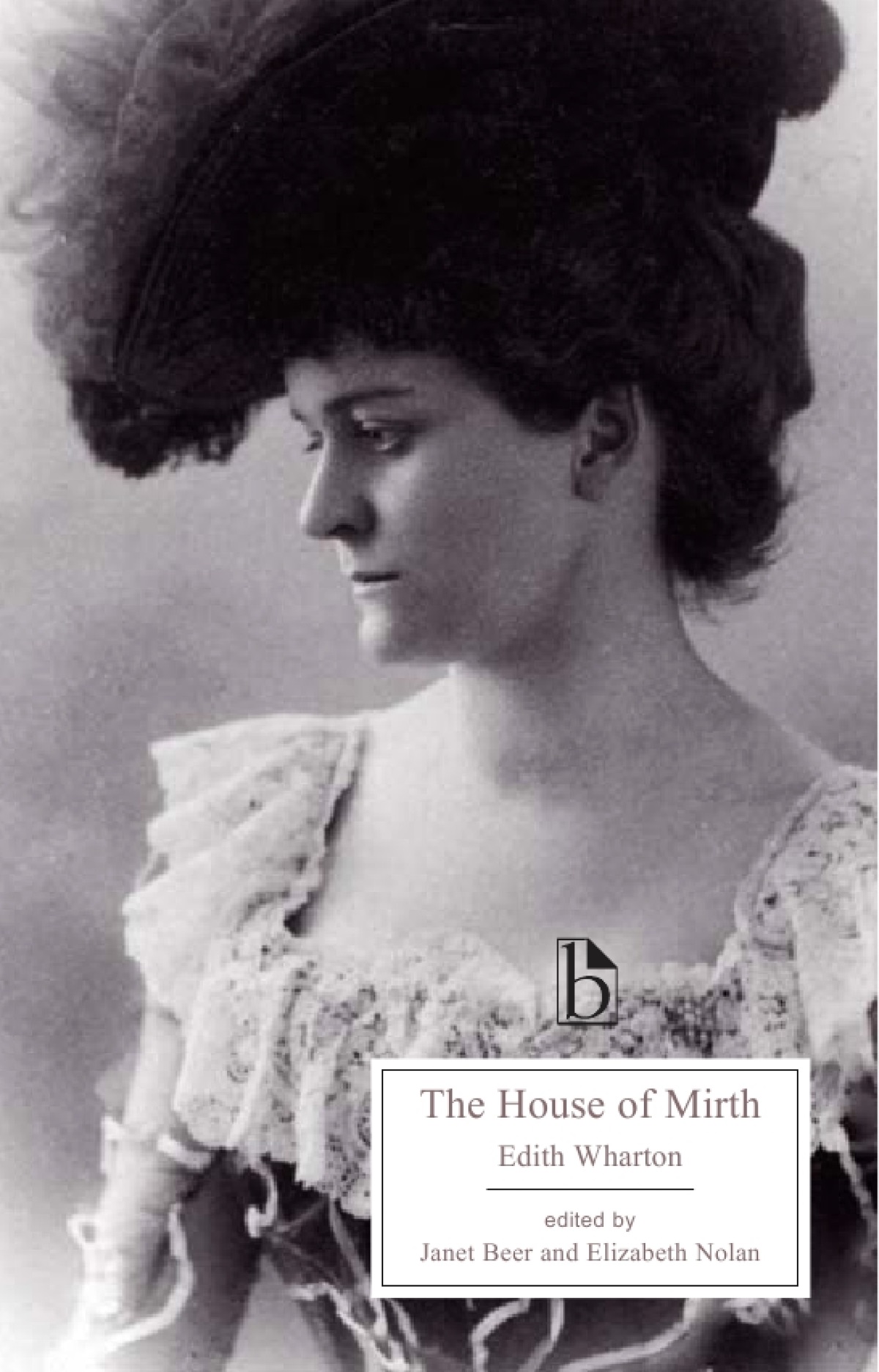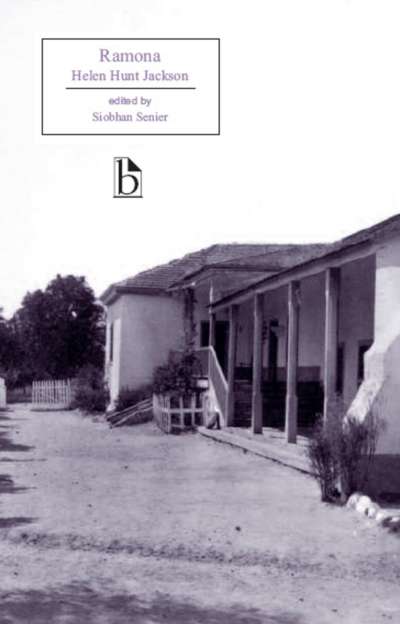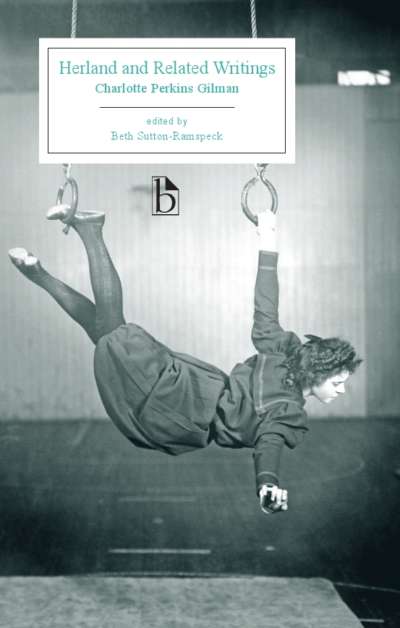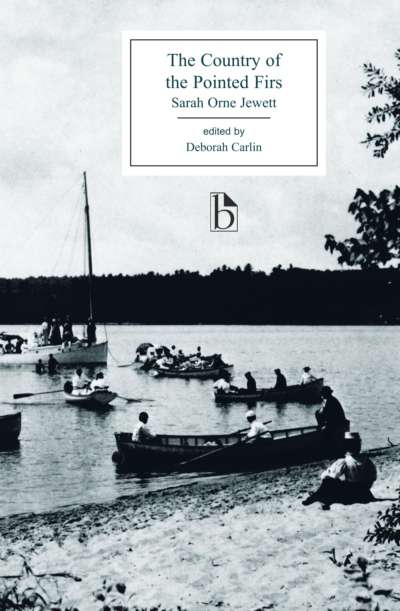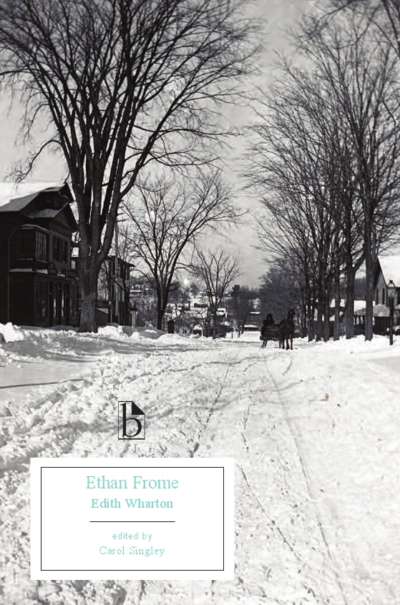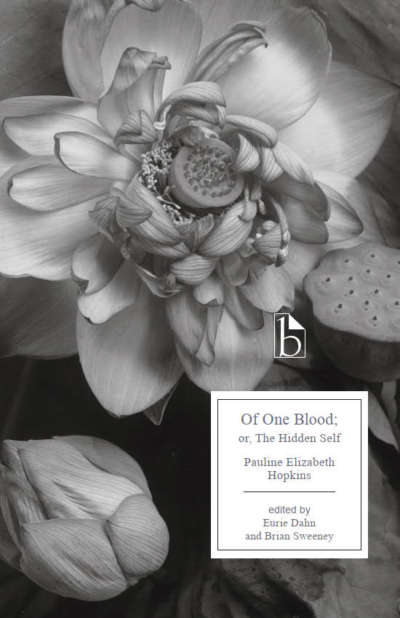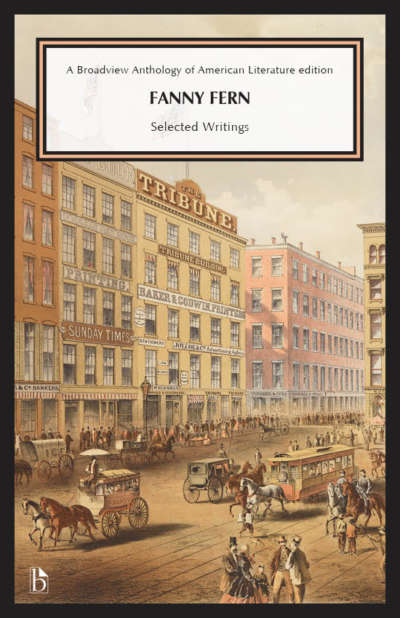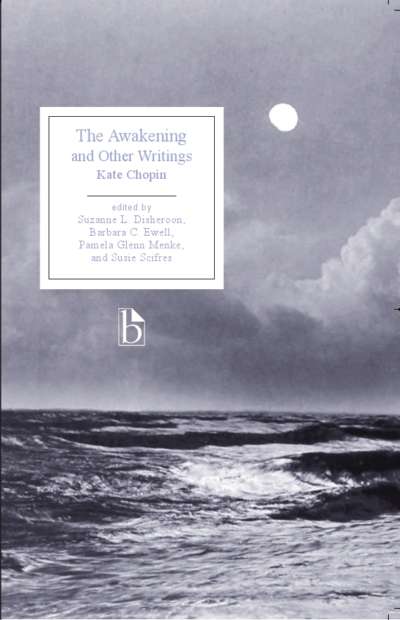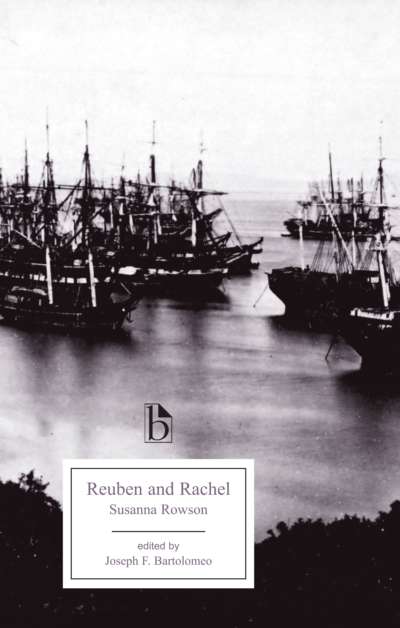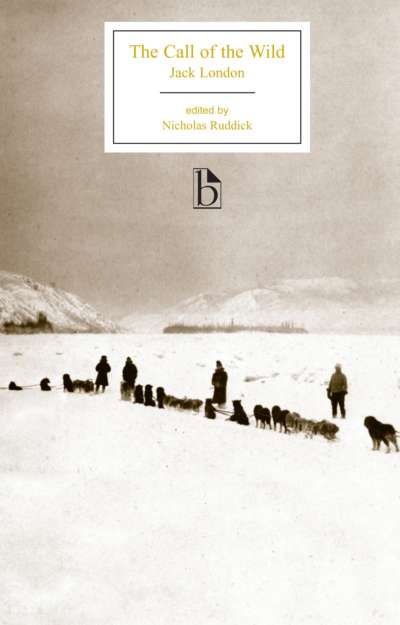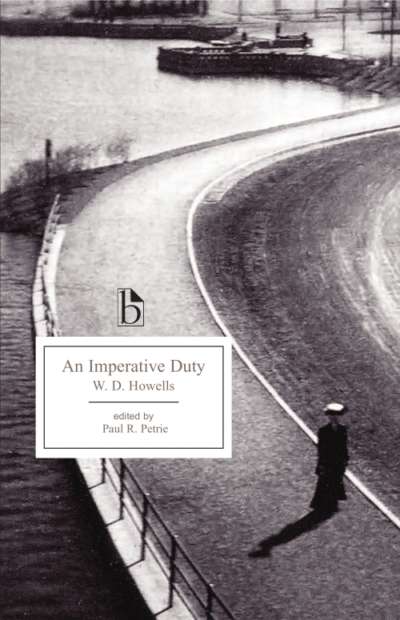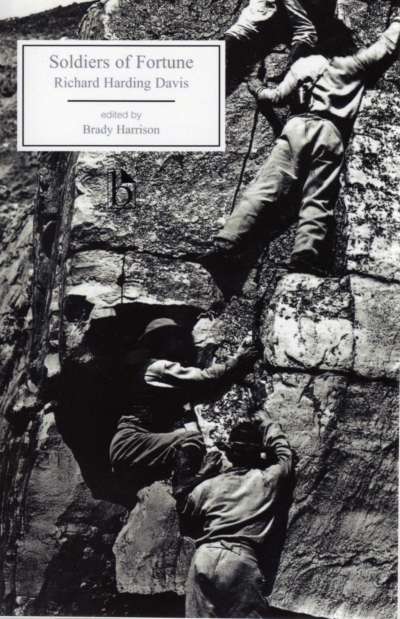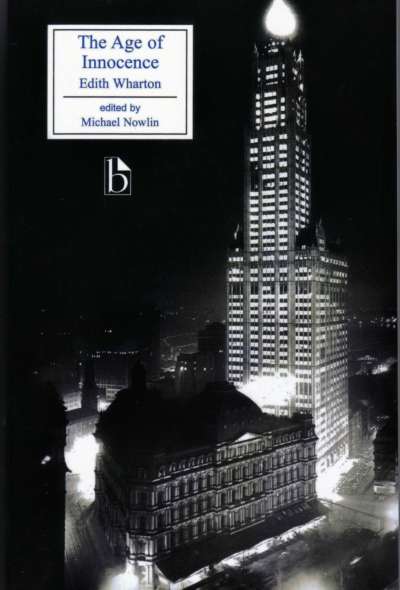
One of Edith Wharton’s most accomplished social satires, this novel tells the story of the beautiful but impoverished New York socialite Lily Bart, whose refusal to compromise in her search for a husband leads to her exclusion from polite society. In charting the course of Lily’s life and downfall, Wharton also provides a wider picture of a society in transition, a milieu in which old certainties, manners, and morals no longer hold true, and where the individual has become an expendable commodity.
This classic American novel is now available in a Broadview edition that includes a critical introduction and a rich selection of contextual documents. Appendices include Wharton’s correspondence about The House of Mirth, contemporary articles on social mores, etiquette, and dress, and related writings by Henry James, Thorstein Veblen, and Charlotte Perkins Gilman.
Comments
“This is an admirably edited volume that includes a wide range of texts by Wharton and illuminating documents from the period. The editors set The House of Mirth in the context of European as well as American novelistic practices, greatly expanding our understanding of Wharton’s first major and arguably finest novel.” — Carol J. Singley, Rutgers University-Camden
“Too often pigeon-holed as the work of a buttoned-up proper ‘lady,’ The House of Mirth is restored in this edition to its full cultural context. Critics have downplayed Wharton’s connection to popular culture in favor of promoting her status as a canonical author. This edition makes Wharton’s relationship to popular culture explicit by providing readers with a full dossier of materials, from fashion plates to advice columns and social commentary.” — Augusta Rohrbach, Brown University
Acknowledgements
Introduction
Edith Wharton: A Brief Chronology
A Note on the Text
The House of Mirth
Appendix A: Edith Wharton’s Introduction to the 1936 Edition of The House of Mirth
Appendix B: From Edith Wharton’s Autobiography,
A Backward Glance (1934)
Appendix C: Edith Wharton’s Correspondence about The House of Mirth, 1905
Appendix D: Contemporary Reviews of The House of Mirth
- Independent (20 July 1905)
- Outlook (21 October 1905)
- Times Literary Supplement (1 December 1905)
- Literary Digest (December 1905)
- From Olivia Howard Dunbar, “A Group of Novels,” Critic (December 1905)
- Saturday Review (17 February 1906)
Appendix E: A Social Picture of New York and Newport
- From Thorstein Veblen, The Theory of the Leisure Class (1899)
- From Henry James, The American Scene (1907)
- From Anna Wentworth Sears, “The Correct Thing,” Harper’s Bazaar (1905)
- From Masquerades, Tableaux and Drills (1906)
- From W.C. Brownell, “Newport,” Scribner’s Magazine (August 1894)
- From Florence Howe Hall, “Changes in the Newport Life and Forms of Entertainment,” Harper’s Bazaar
(November 1905)
Appendix F: The Lives of Women
- From Charlotte Perkins Gilman, Women and Economics: A Study of the Economic Relation Between Women
and Men (1898)
- From Clara Sidney Davidge, “Working-Girls’ Clubs,” Scribner’s Magazine (May 1894)
- Editorial, “Our National Fault,” Harper’s Bazaar (February 1894)
- Editorial, “Cards in the Morning,” Harper’s Bazaar (January 1905)
- From Mrs. John Sherwood, Manners and Social Usages (1887)
- Fashion Images (1905)
Appendix G: From Edith Wharton and Ogden Codman, Jr., The Decoration of Houses (1897)
Appendix H: Edith Wharton, “The Introducers” (1905)
Select Bibliography
Janet Beer is Pro-Vice Chancellor and Dean of Faculty at Manchester Metropolitan University.
Elizabeth Nolan is a Lecturer at Manchester Metropolitan University. They are the authors of Kate Chopin’s The Awakening: a Sourcebook.


